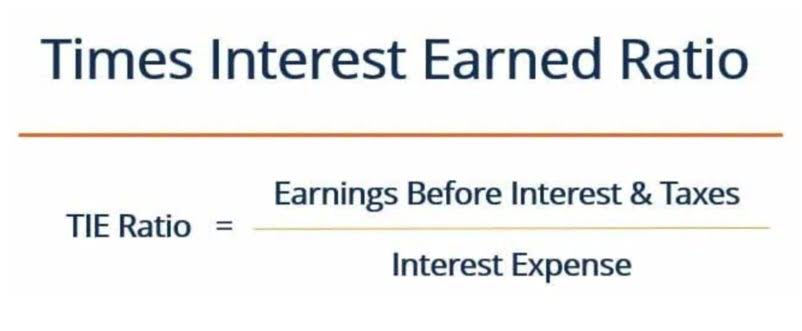Gross Profit Margin: Formula, Calculation and Example

The gross profit method is an important concept because it shows management and investors how efficiently the business can produce and sell products. Gross profit is a company’s total profit after deducting the cost of doing business, specifically its COGS, and is expressed as a dollar value. Gross profit margin, on the other hand, is this profit expressed as a percentage. Hain Celestial Group is a leading health and wellness company whose purpose is to inspire healthier living for people, communities and the planet through better-for-you brands. For more than 30 years, Hain has intentionally focused on delivering nutrition and well-being that positively impacts today and tomorrow. Headquartered in Hoboken, N.J., Hain Celestial’s products across snacks, baby/kids, beverages, meal preparation, and personal care, are marketed and sold in over 70 countries around the world.
Resources for Your Growing Business
- Gross profit can be calculated by subtracting the cost of goods sold from a company’s revenue.
- Gross margin and gross profit are among the metrics that companies can use to measure their profitability.
- Gross margin ratio is the ratio of gross profit of a business to its revenue.
- Taken altogether, the gross margin can provide valuable insights to investors and researchers.
- This profitability ratio evaluates the strength of a company’s sales performance in relation to production costs.
- This ratio tells the business owner how well they’re minimising the cost of goods sold.
This can be used to make decisions related to production, pricing, efficiency, etc. Below is a real-life example calculation using the income statement from Procter and Gamble’s (PG) latest 10-Q filing. Growing your customer base can help you increase your sales and boost revenue. Consider how you can use marketing strategies to find new customers or increase the purchase volume of existing customers. Check whether your competitors are reaching customers you might be missing—for example, with different social media platforms or targeted ads to specific groups. Suppose a retail business generated $10 million in revenue, with $8 million in COGS in the fiscal year ending 2023.
- The formula measures a business’s ability to generate sufficient cash inflows to operate in the short term (six to 12 months).
- The firm offers bookkeeping and accounting services for business and personal needs, as well as ERP consulting and audit assistance.
- When you calculate the difference and divide it by total revenue, you get your net profit margin.
- If a business converted all current assets into cash and used the cash to pay all current liabilities, any cash remaining is working capital.
- The gross profit ratio compares a business’s revenues to the costs directly related toward generating those revenues.
What Is a Good Profit Margin?
- As you can see from the image, the Excel file allows you to input various assumptions over a five year period.
- John Trading Concern achieved a gross profit ratio of 25% during the period.
- A higher gross margin means a company has more money left over after selling its goods or services to pay for operating costs and expenses, marketing, and research and development expenses.
- Additionally, it’s important to review your own business’s year-to-year profit margins to ensure that you are on solid financial footing.
- The gross margin is an important and widely used financial analysis ratio.
But it does not account for important financial considerations like administration and personnel costs, which are included in the operating margin calculation. Fast food retailers often have a gross profit ratio somewhere in the middle, around 30% to 40%. When assessing a good gross margin, avoid comparing across industries and instead compare companies of similar size in the same industry. Generally put, a higher gross profit margin is perceived positively in practically all industries, since the potential for higher operating margins and net profit margins increases. Gross margin helps a company assess the profitability of its manufacturing activities.
Gross Profit Margin: Formula and What It Tells You
Both factor in a company’s revenue and the cost of goods sold but they’re a little different. Gross profit is revenue less the cost of goods sold and is expressed as a dollar figure. A company’s gross margin is the gross profit compared to its sales and is expressed as a percentage. Gross margin is a profitability measure that’s expressed as a percentage. Gross profit can be calculated by subtracting the cost of goods sold from a company’s revenue.

Every set of company financial statements should include a multistep income statement. Each part of the statement provides details that can help you make informed business decisions. And data from a multistep income statement can help you generate financial ratios.
Because it might include discounts and deductions from returned products, it’s also known as net sales. For every dollar of revenue earned, $0.1 is held, and $0.9 is credited to the cost of products sold. Gross margin alone specifies how much profit a firm makes after deducting the costs from the revenue generated. We’re gross margin accounting firm believers in the Golden Rule, which is why editorial opinions are ours alone and have not been previously reviewed, approved, or endorsed by included advertisers. The Ascent, a Motley Fool service, does not cover all offers on the market. This means $0.44 of every dollar in sales can go toward operating costs.



